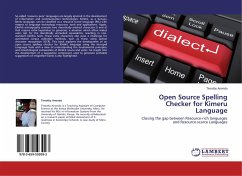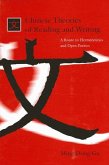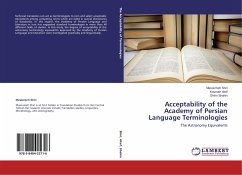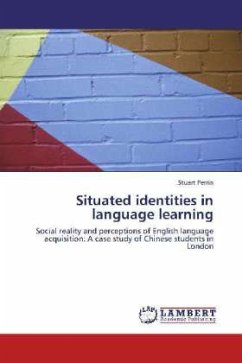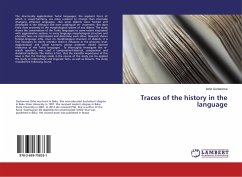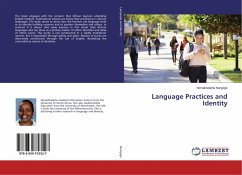So-called 'resource poor' languages are largely ignored in the development of Information and Communication Technologies. Kîmîîrû, as a Kenyan Bantu language, can be classified as a resource scarce language (RSL) with respect to language technology resources, tools and applications. Again, Kîmîîrû orthography contains two diacritically marked characters (î and û) that require extra keystrokes to generate, a situation which often makes users opt for the diacritically unmarked equivalents, resulting in non-standard Kîmîîrû texts. These extra characters also pose a challenge for automated corpus collection methods, such as those using optical character recognition (OCR). This book explores the development of an open source spelling checker for Kîmîîrû language using the Hunspell Language Tools with a view of understanding the fundamental principles and morphological composition of Kîmîîrû nouns and verbs. An insight into the development of a suggestion component used to generate probable suggestions of misspelled words is also highlighted.

